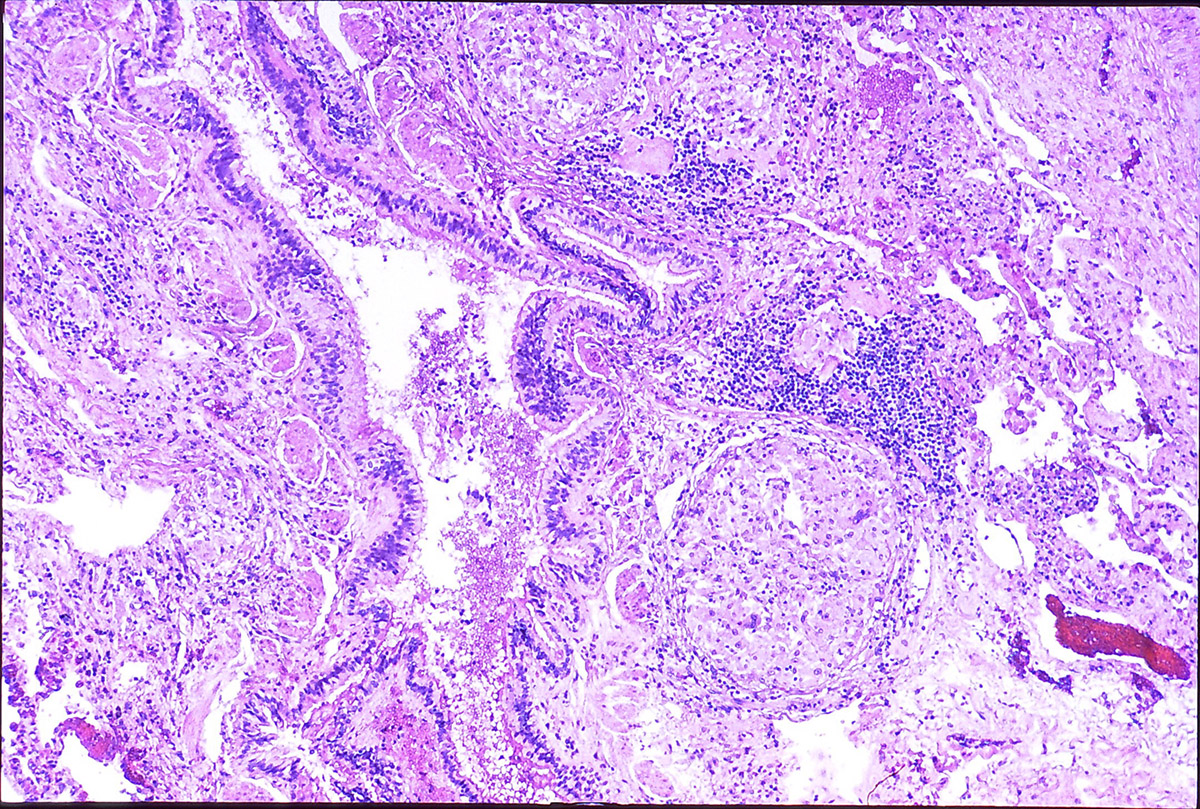
Chronic beryllium disease, also known under the name Berylliosis, is the effect of prolonged exposure to the beryllium. Beryllium is a naturally occurring element, very strong but very light. Due to the combination of its properties, it is often used for nuclear reactors, nuclear weapons, aircrafts, spacecrafts, some sports equipment, and for dental bridges. Long-term exposure to beryllium may lead to various diseases and painful scaring of the lung tissue. The exact effects of toxicity depend upon the duration, intensity and frequency of exposure. The route of exposure is another significant factor. Chronic beryllium disease is primarily an occupational lung disease associated with beryllium mining or exposure to fluorescent light bulbs.
Exposure risks
Exposure to beryllium is highest in the space, aeronautics, computer, electronics, atomic and defense industries. People of different occupations such as grinders, mechanists, hot press operators, and welders can also be exposed to beryllium. As already mentioned, the element is used for dental bridges, meaning that even the dentists may be affected.
Even the families of those who work directly with beryllium are affected. The beryllium dust may enter the home on shoes or clothing and spread through the air to be inhaled by a family member. Beryllium can also spread through dust, fumes or gases into the wider professional environment, and affect people of other professions such as clerks, accountants, secretaries, etc.
Individuals living near the high-risk industries may also be subjected to higher environmental levels of beryllium.
Symptoms of chronic beryllium disease
It may take anywhere from a couple of months to forty years until the first symptoms of the disease show up. Any kind of exposure presents a lifelong risk of developing the disease. The symptoms are often similar to those of tuberculosis, sarcoidosis, and other chronic pulmonary diseases, which makes it hard to distinguish chronic beryllium disease from other similar ailments.
Upon exposure, the particles of this alkaline earth metal are inhaled making the lungs hypersensitive to beryllium. This phase of the disease is known under the name “beryllium sensitization” and presents an allergic reaction to inhaled particles. Gradually, the small inflammatory nodules, called granulomas, are formed leading to the restrictive lung disease, a decreased breathing capacity. The symptoms of chronic beryllium disease usually involve shortness of the breath, persistent cough, fatigue, fever, rashes on the skin, loss of appetite and unpleasant night sweats. The most severe symptom is straining of the right side of the heart, due to the increased pressure in the pulmonary artery.
















Your thoughts on this
Loading...